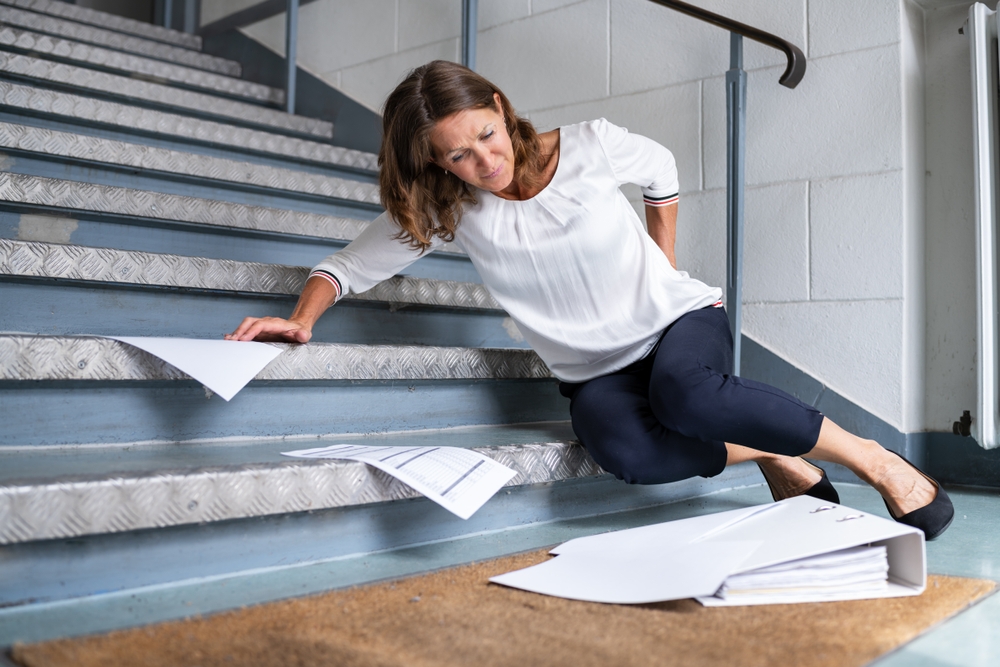State high court tackles issue of unexplained workplace falls
- July 12, 2025
- Posted by: Web workers
- Category: Workers Comp

The Ohio Supreme Court said a trial court used the wrong standard to determine whether a worker’s unobserved fall arose out of employment and remanded the case for additional proceedings.
Nancy Vega worked as a case manager for Grafton Correctional Institution. On April 26, 2022, she slipped while walking down the hall to use a copy machine, fell into a wall and was injured. Her workers compensation claim was initially denied, but after Vega appealed, a district hearing officer found her claim compensable. Grafton then appealed and a staff hearing officer found that the claim was not compensable. The Industrial Commission declined further review, according to Grafton Correctional Facility v. BWC.
Ms. Vega petitioned the Lorain County Court of Common Pleas, asserting her right to participate in the workers compensation system. She moved for summary judgment, arguing that because her injuries were unexplained and there were no idiopathic causes, the court could infer that her injuries arose from an ordinary risk she was exposed to on Grafton’s property.
Grafton moved for summary judgment, arguing Ms. Vega was required to demonstrate that she was subjected to a hazard incident to her employment. The trial court ruled in favor of Ms. Vega, stating that by performing her job duties she was working for the benefit of her employer and thus created a causal connection between her employment and the injury.
Grafton appealed, arguing that the trial court erred by finding Ms. Vega’s injuries arose out of employment.
The high court, in remanding the case, said the trial court relied on the wrong case law when deciding on compensability for unexplained slip-and-fall injuries.
It said that “neutral risks are distinguishable from risks that are distinctly associated with employment and, at the other extreme, from those that are idiopathic,” the court said. “The injured worker bears the burden of eliminating idiopathic causes for the injury, and once the claimant has done so, ‘an inference arises that the fall is traceable to some ordinary risk, albeit unidentified, to which the employee was exposed on the employment premises.’”
WorkCompCentral is a sister publication of Business Insurance. More stories here.



